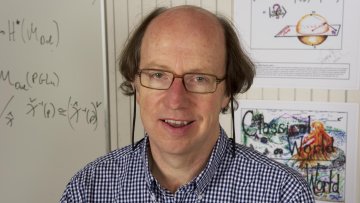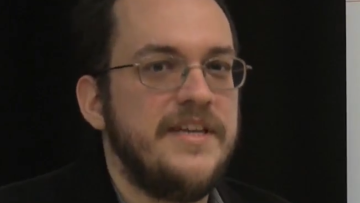Making the most of the intercollegiate classes
Abstract
What should you expect in intercollegiate classes? What can you do to get the most out of them? In this session, experienced class tutors will share their thoughts, and a current student will offer tips and advice based on their experience.
All undergraduate and masters students welcome, especially Part B and MSc students attending intercollegiate classes. (Students who attended the Part C/OMMS induction event will find significant overlap between the advice offered there and this session!)






